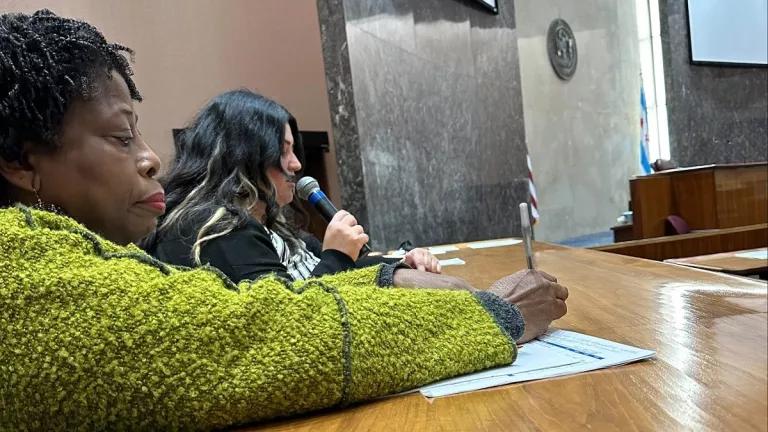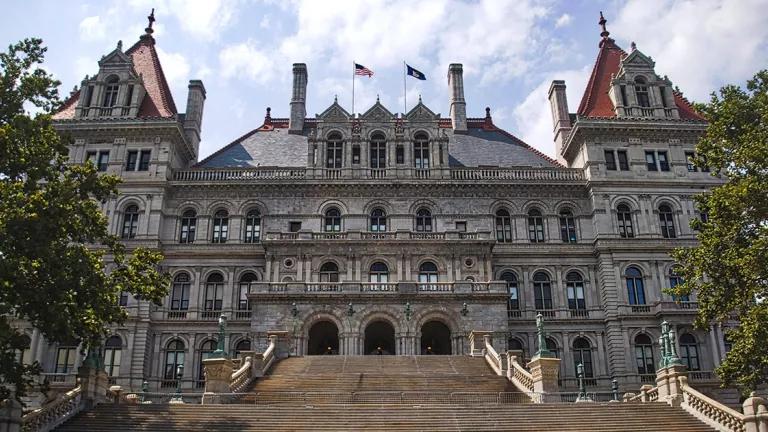
Why should people who care about the environment also support affordable housing and anti-displacement efforts?
Consider Santa Monica, where I work in NRDC’s office. The population here triples during the day because many people who work here can’t afford to live here. And while nonprofit Community Corporation of Santa Monica has built 1,700 affordable units in town, it’s not nearly enough. Unfortunately, the same is true of most California cities, including Los Angeles: there’s a gross imbalance of jobs and housing, and not enough affordable housing, especially near transit.
And the problem is getting worse. As I’ve previously blogged, LA’s (overwhelmingly low-income) primary users of public transit are being pushed farther and farther out as our transit corridors become less and less affordable. Not only does this displacement have serious negative impacts on families and communities, but it also has serious negative environmental consequences for us all. Studies have shown that transit use actually decreases when transit-dependent low-income households are displaced, exacerbating traffic and air pollution and threatening public health. Conversely, ensuring that low-income residents can afford to live near transit can have tremendous health, community, and environmental benefits.
A new tool from TransForm—GreenTRIP Connect—makes it much easier to quantify these environmental benefits. We used GreenTrip Connect to examine the climate benefits that new developments near transit in Los Angeles could have created just by including affordable units. The results showed, for example, that including 5 units of affordable housing in a 41-unit development near transit in South LA reduced vehicle miles travelled by 22,630 miles annually and greenhouse gas emissions by 28,470 pounds annually. Other measures like parking reductions, bike parking, or transit passes would result in additional pollution reductions. And that is from just one development.
To make sure that we meet the need for affordable housing and actually see these benefits at scale, we need to ensure everyone, including private developers, does their part. One way to do that is by giving developers incentives, like additional density or parking reductions, for affordable housing. For example, the Build Better LA initiative, which will be on the City of Los Angeles ballot this November, uses this approach. Among other things, Build Better LA would create a transit-oriented communities incentive with additional density and parking reductions for developers who provide at least a certain amount of affordable housing and integrate good jobs standards. Another way could be to speed up the approvals process for infill developments near transit that provide affordable housing, as the Governor’s by-right proposal attempts to do. But we have to ensure that the solutions do enough to address affordable housing needs and actually move us toward our environmental goals, rather than undermine them.
Ensuring that low, very-low, and extremely-low income residents have housing options near transit is an absolute necessity to maximize climate benefits, meet our state’s climate goals, reduce local and regional air pollution, and meet our clean air standards.
Growing our affordable housing stock in our cities’ transit areas will not be easy, but it can be done and must be done. We will be at the table to help.



